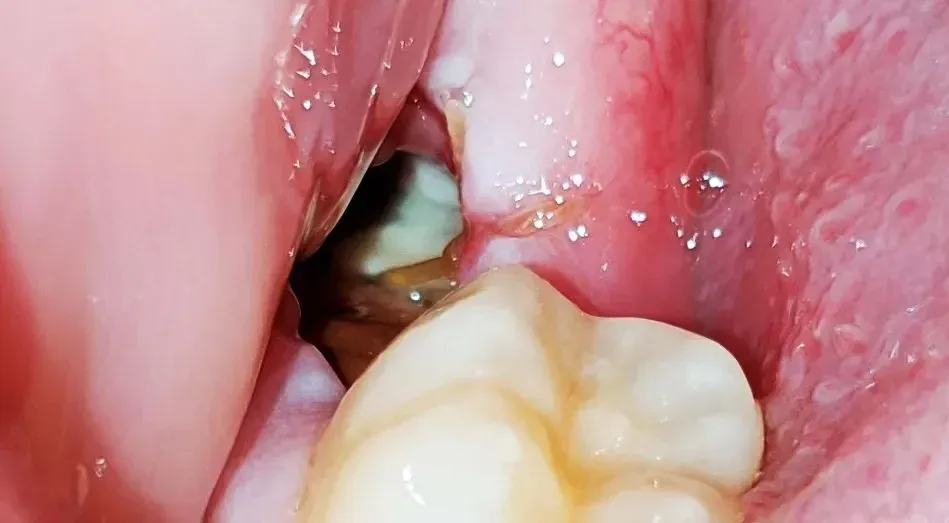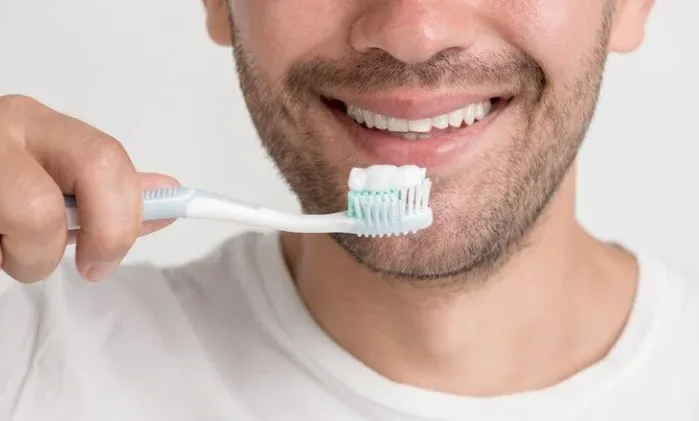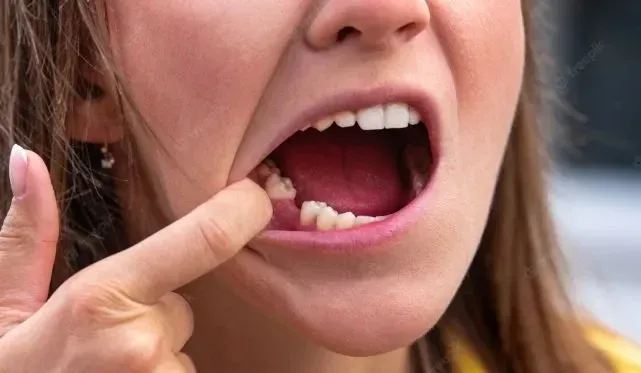Normal Socket After Tooth Extraction With Pictures 2023
When a hole is left in the jawbone, a normal socket after tooth etraction is a…
When a hole is left in the jawbone, a normal socket after tooth etraction is a frequent occurrence in dental operations. The blood clot-filled socket aids in protecting the region and fostering recovery. With the proper care, the socket should fully recover, leaving a typical, healthy region behind.
Normal socket after tooth extraction:
It’s typical for the socket, or the hole in the jawbone where the tooth was taken, to be uncomfortable and tender for a few days following a tooth extraction. A small amount of bleeding and a blood clot may also form in the socket, protecting the underlying bone and soft tissues while they mend.
To promote optimal recovery, it’s crucial to adhere to your dentist’s post-operative recommendations. This may entail staying away from solid foods, gargling with warm salt water, and taking any prescription painkillers as recommended.
The socket should start to mend, and the discomfort and swelling should go down a few weeks after the extraction. However, it is not unusual for some soreness and sensitivity to last for a few weeks or even months following the treatment.
Get in touch with your dentist for additional assessment and treatment if you feel extreme pain, swelling, bleeding, or other worrying symptoms.
Pictures of dry socket vs normal healing:
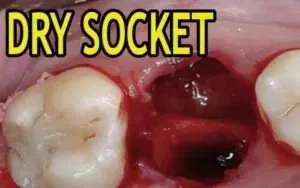
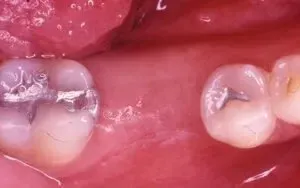
After tooth extraction, the healing process might result in either a dry socket or routine healing. The main variations between the two are as follows:
Formation of a blood clot: Following tooth extraction, the exposed bone and nerves in the socket are shielded by a blood clot. The blood clot melts or moves out of the way in a dry socket, exposing the bone and nerves. During average recovery, the blood clot stays in place and serves as a barrier to keep food, germs, and other debris out of the socket.
Pain level: During routine healing following a tooth extraction, there may be some minor soreness and edema, but these symptoms should pass quickly. A few days following the extraction, a dry socket typically causes considerable discomfort. On the same side as the extraction, the jaw, ear, and eye might all experience what can be characterized as a throbbing or hurting sensation.
Manifestation of the socket: During routine healing, the gum tissue will cover it and make it invisible. When there is a dry socket, the gum may appear to have an empty hole.
Taste and smell: During a typical healing process, there shouldn’t be any observable alterations to the taste or smell in your mouth. The exposed bone and nerves in a dry socket can give off an unpleasant odor and leave a poor taste in your mouth.
Average recovery following tooth extraction typically takes 7 to 10 days. Until a dentist correctly treats the socket, the healing process in a dry socket might be drawn out, and the pain may last.
If you believe you have a dry socket, it’s crucial to contact a dentist right once since, if ignored, it can worsen and become more painful. Your dentist will be able to identify the issue and make a treatment recommendation to help you feel better and heal faster.
Is dry socket dangerous?
Although a dry socket is not harmful, it can be excruciatingly uncomfortable and make it difficult to talk, eat, and carry out other everyday tasks. Untreated exposed bone and nerves in the socket can also get infected, which might result in further problems. Because of this, you must visit a dentist for treatment if you suspect you have a dry socket.
Your dentist will be able to identify is dry socket dangerous in your case, which may involve cleaning the socket, using a medicated dressing to reduce discomfort and speed up healing, and maybe even prescription antibiotics if an infection is present. Most dry socket sufferers find pain alleviation after a few days of receiving correct care.
even though dry sockets are not harmful, they can be painful and interfere with everyday activities. Consult a dentist right away for treatment if you think you might have a dry socket.
What are the warning signs of dry socket?
After tooth extraction, a painful dental condition called a “dry socket” might develop. Here are some of what are the warning signs of dry socket:
Pain: Severe pain that starts a few days after the tooth extraction is the main sign of a dry socket. On the same side as the extraction, the jaw, ear, and eye may experience discomfort that is frequently characterized as throbbing or aching.
Visible gum opening: Dry socket results in the blood clot that often develops following a tooth extraction dislodging, exposing the bone and nerves underneath. The vacant socket could be visible to you or feelable to your tongue.
Bad breath: The exposed bone and nerves in the socket may give off an unpleasant odor that contributes to sour breath or a bad aftertaste.
Swelling: In some circumstances, swelling may occur at the extraction site.
Fever: The emergence of an infection in the socket may be indicated by a low-grade fever.
It’s crucial to call your dentist as soon as you see any of these signs since, if left untreated, the dry socket can worsen and become more painful. Your dentist will be able to identify the issue and suggest the best course of action to help you feel better.

